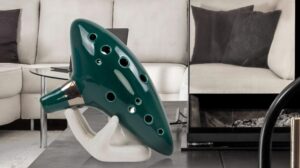
Exploring the Mystical Sounds: The World of the Ocarina
The ocarina is an ancient wind instrument known for its otherworldly and evocative sound. With a history spanning over 12,000 years across cultures worldwide, the

Are you prepared to embark on a whimsical journey into the enchanting realm of making your very own Ceramic Ocarina?
Whether you’re a seasoned musician or simply an inquisitive soul, selecting the right materials is the pivotal first step toward creating your musical masterpiece.
Whether you’re a seasoned musician or simply an inquisitive soul, selecting the right materials is the pivotal first step toward creating your musical masterpiece.
In this comprehensive guide, we will thoroughly explore the art of choosing materials for making a Ceramic Ocarina, offering invaluable insights, practical tips, and a generous sprinkling of humor throughout.
Here are 3 types of ceramic material selections:
When it comes to the craft of making a Ceramic Ocarina, the choice of ceramic material holds profound importance. Different ceramics impart distinct tonal qualities to your instrument.

Delve into the realm of options, including earthenware, porcelain, or stoneware, each bestowing its unique charm upon your creation.
Earthenware, known for its rustic appeal, offers a warm and resonant tone. Porcelain, on the other hand, is famed for its purity and delicate sound. Stoneware provides durability and versatility, making it an excellent choice for beginners.
Ensuring that the ceramic material you select is of top-notch quality is imperative.
Scrutinize the purity and uniformity of the ceramic, guarding against any lurking impurities or dreaded cracks that might mar your Ocarina’s sound and longevity.
High-quality ceramic not only ensures a superior sound but also enhances the longevity of your masterpiece.
Set your artistic sensibilities free when selecting the ideal color and texture for your Ceramic Ocarina.
Consider the application of glaze or employ decorative techniques to elevate its visual appeal to a whole new crescendo.
Vibrant colors, intricate patterns, or smooth textures can transform your Ocarina into a work of art that not only sounds beautiful but looks stunning too.
Now, let’s dive into the intricate process of making a Ceramic Ocarina. This journey involves several key steps:

Ceramic, though alluring, has a delicate side. Grasp the potential fragility of your chosen ceramic material and tailor it to its intended use. If your aspirations include performing, then durability becomes the golden key.
Ocarinas are inherently delicate due to their ceramic construction. The firing process strengthens the ceramic, but they still require careful handling to prevent chipping or cracking.
When choosing your ceramic material, keep in mind that the durability of earthenware may be more limited compared to stoneware or porcelain.
Contemplate the purpose your Ceramic Ocarina will serve. Will it grace a display cabinet, accompany casual melodies, or stand on a professional stage?
Tailor your choice of ceramic material accordingly to ensure it harmonizes with your intentions.
For collectors and display purposes, the delicate beauty of porcelain might be a suitable choice. If you’re a beginner or plan to play your Ocarina regularly, stoneware’s sturdiness may better suit your needs
To keep your Ceramic Ocarina in pristine condition and ensure it continues to produce beautiful music, follow these maintenance tips:
Proper maintenance will not only preserve your Ceramic Ocarina’s beauty but also extend its lifespan, allowing you to enjoy its melodic tunes for years to come.
Embark on a creative odyssey as we delve into the art of crafting a Ceramic Ocarina.
It’s more than a craft; it’s a soulful journey where inspiration, precision, the dance of fire, and artistic flourish shape a unique masterpiece.
Join us in the symphony of sound, where tuning and refinement create the heartwarming soundtrack of your musical soul.
Creating a Ceramic Ocarina is not just a craft; it’s an artistic journey.
As you select the perfect ceramic material, shape it with care, and adorn it with your creative touch, you’re crafting a musical masterpiece that resonates with your soul.
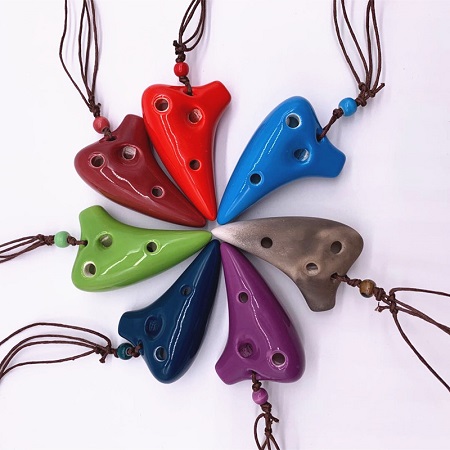
A Ceramic Ocarina’s true beauty lies in the melodies it produces. As you craft your musical masterpiece, remember that you’re not just shaping clay; you’re crafting the soundtrack of your heart.
When you create a Ceramic Ocarina, you’re not just making an instrument; you’re crafting memories and moments.
The melodies that flow from your handcrafted Ocarina will be a testament to your creativity and dedication.
Whether you’re an experienced musician or a beginner, the process of crafting and playing your Ocarina is a rewarding journey.
Each Ceramic Ocarina tells a unique story through its melodies.
The warmth of earthenware, the purity of porcelain, or the resilience of stoneware will resonate in the music you create. Every note will carry the essence of your craftsmanship and artistry.
With your newfound wisdom in selecting materials for making a Ceramic Ocarina and a deeper understanding of the intricate craft, you’re poised to embark on a creative journey that melds artistry and melody.
The materials you choose will not only resonate in the music you create but will also infuse your masterpiece with visual allure.
Now, take this knowledge and let your heart guide your hands as you craft a Ceramic Ocarina that will sing melodies from your soul. Happy crafting!
May your musical journey be filled with joy, inspiration, and the enchanting sounds of your own creation.


The ocarina is an ancient wind instrument known for its otherworldly and evocative sound. With a history spanning over 12,000 years across cultures worldwide, the

When it comes to taking care of your musical instruments, ocarina requires special attention, especially in terms of disinfection. Whether you’re a professional musician or
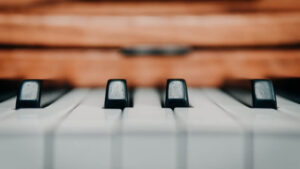
When it comes to preserving the charm and sound of your ocarina, storage is key. Just like a treasured book or a fine wine, your
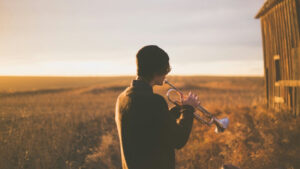
The world of music is filled with diverse and captivating instruments, and among them, the ceramic ocarina stands as a unique and charming creation. With

The ocarina is an ancient wind instrument known for its otherworldly and evocative sound. With a history spanning over 12,000 years across cultures worldwide, the

When it comes to taking care of your musical instruments, ocarina requires special attention, especially in terms of disinfection. Whether you’re a professional musician or

When it comes to preserving the charm and sound of your ocarina, storage is key. Just like a treasured book or a fine wine, your
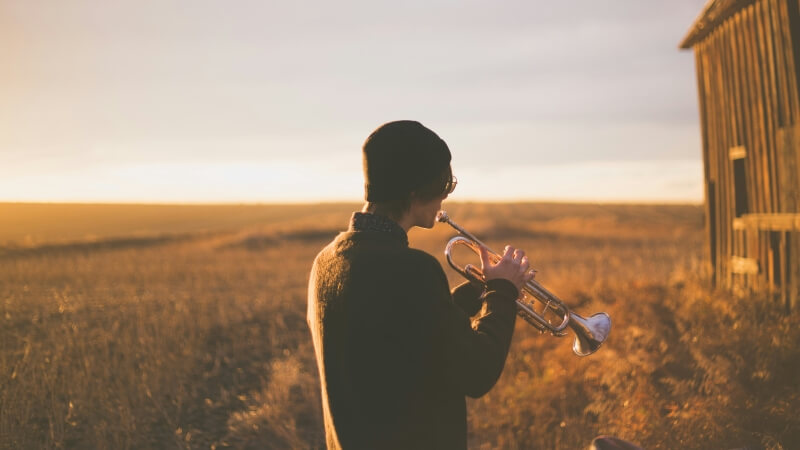
The world of music is filled with diverse and captivating instruments, and among them, the ceramic ocarina stands as a unique and charming creation. With
Copyright © 2024 echofluteocarinas. All Rights Reserved.